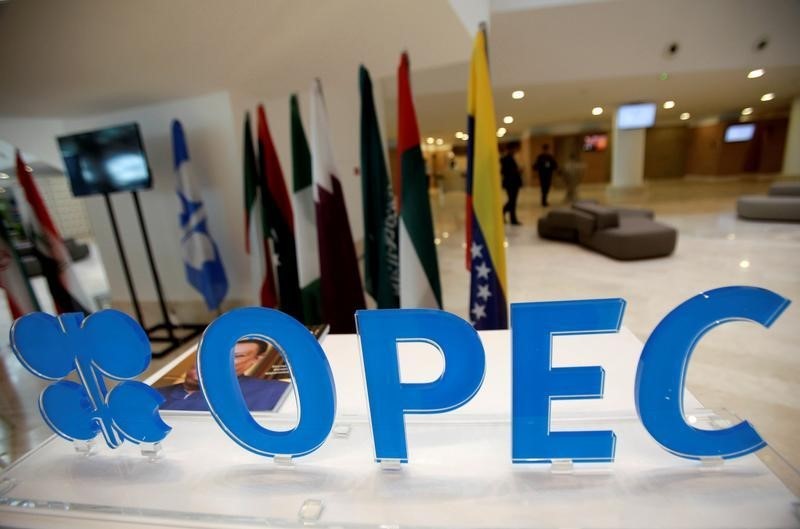By Laura Sanicola
(Reuters) -Oil prices settled slightly lower on Monday, as demand headwinds counterbalanced a widely expected extension of voluntary output cuts through the middle of the year by the OPEC+ producer group.
Brent futures settled down 75 cents to $82.80 a barrel, while U.S. West Texas Intermediate (WTI) settled down $1.24, or 1.5%, to $78.74 a barrel.
The Organization of the Petroleum Exporting Countries and its allies (OPEC+) are extending their voluntary oil output cuts of 2.2 million barrels per day (bpd) into the second quarter to support prices amid global growth concerns and rising output outside the group.
However, the end of a warm winter across the northern hemisphere is weighing on oil prices despite the OPEC+ announcement, said John Kilduff, partner at Again Capital LLC in New York.
“We would have needed sustained demand to keep the complex up,” Kilduff said.
U.S. product supplies of distillate fuel oil, which includes heating oil, declined in December to 3.61 million barrels per day (bpd), down about 10% from November and the lowest since June 2020, data from the Energy Information Administration showed last week.
Talk of a ceasefire in Gaza was also weighing on oil prices, Kilduff added.
As market expectations for a rollover had grown more apparent recently, the OPEC+ reduction extension may have been increasingly priced in, said Walt Chancellor, an energy strategist at Macquarie.
“With OPEC loadings appearing steady and aggregate OPEC supply potentially showing little effect from incremental voluntary cuts implemented in Q1, we do not view the extensions from the broader group as particularly impactful,” he said.
Still, Russia’s announcement that it was cutting its oil output and exports by an additional 471,000 bpd in the second quarter surprised some analysts.
Russia’s additional cut is closely correlated with a 400,000 bpd drop in its refinery runs, largely stemming from Ukrainian drone strikes on refining assets across Russia, lead crude oil analyst at Kpler Viktor Katona said.
While there has been little price movement because the OPEC+ decision had been expected, low-sulphur, or sweet, crude markets are tightening, widening Brent spreads, traders said.
The premium of the first-month contract to the six-month contract reached $4.56 a barrel. This structure, called backwardation, indicates a perception of tight prompt supply.
The OPEC+ cuts will lead to lower production from the group at 34.6 million bpd in the second quarter, against an earlier forecast that output could rise above 36 million bpd in May as producers unwind supply cuts, said Jorge Leon, a senior vice president at consultancy Rystad Energy.
It shows “robust determination to defend a price floor above $80 per barrel in the second quarter,” he said.
inventories are forecast to have risen by 2.6 million barrels last week, according to a preliminary Reuters poll on Monday, while distillates and gasoline stockpiles were seen down.
“A long-standing deficit in U.S. crude stocks has been erased via a whopping 26 million barrel crude build during the past 4 weeks,” said Jim Ritterbusch, president of Ritterbusch and Associates in Galena, Illinois.
Read the full article here










